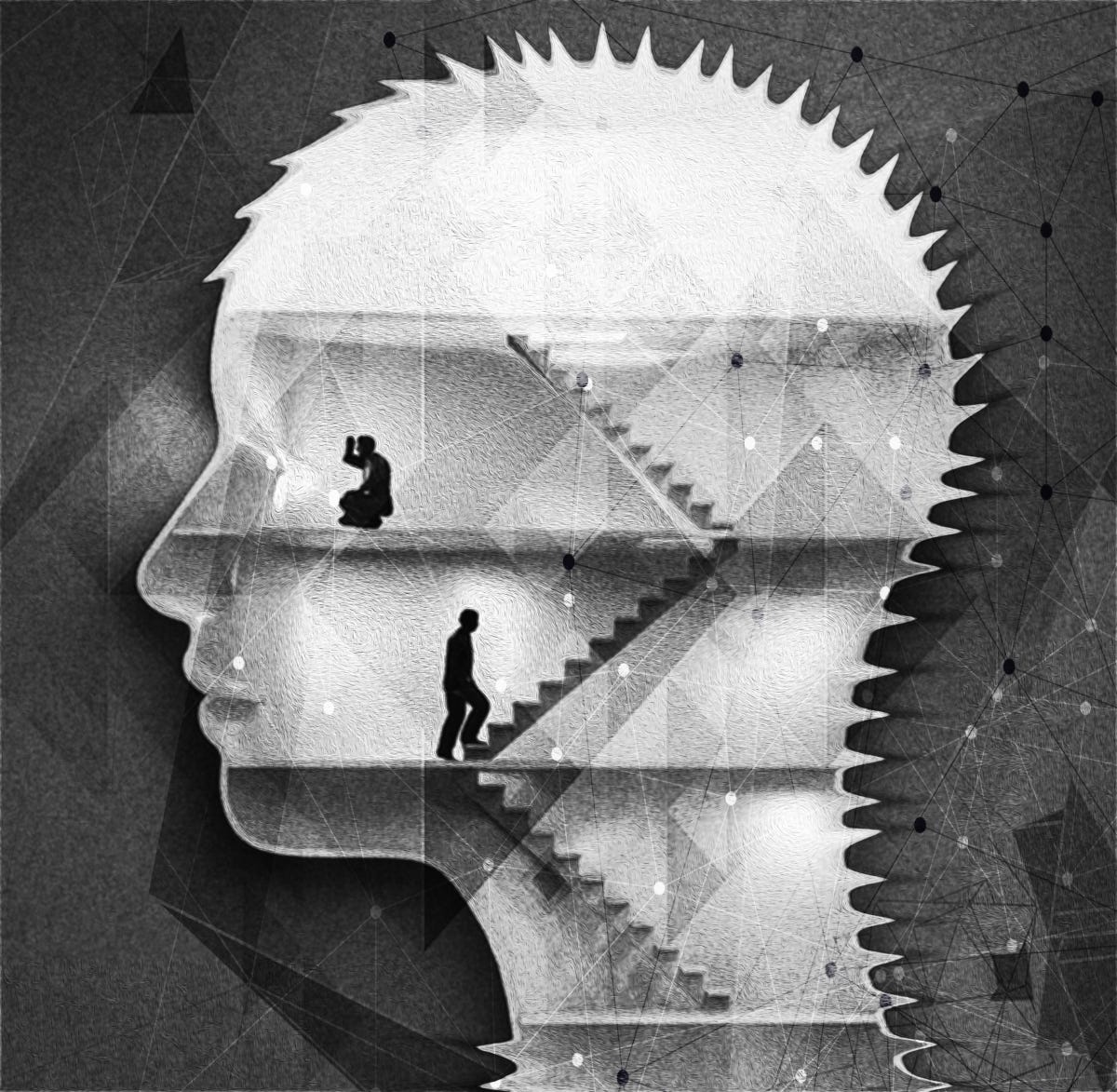What Is The Impact Of Architectural Design On Human Behavior?

Have you ever felt a sense of wonder, amazement, and inspiration when you catch a glimpse of a beautifully designed building? Architecture is a fascinating field that not only impacts our daily lives, but also has a profound effect on our psychology and mental well-being. In this article, we will explore the impact of architecture on human psychology in detail.
Aesthetics and Perception
Architecture can greatly impact our perception and interpretation of the world around us. Beautiful, well-designed buildings can evoke a sense of awe and wonder, while dilapidated, poorly constructed structures can induce feelings of disgust and unease. Research has also shown that certain architectural styles and designs can even influence our emotions and mental states.
For example, studies have shown that buildings with rounded contours and organic shapes tend to evoke positive emotions like happiness and relaxation, while angular and sharp-edged buildings can create feelings of apprehension and stress. Similarly, buildings with bright colors and ample natural light can promote feelings of energy and vitality, while dimly lit, monochromatic spaces can lead to feelings of depression and fatigue.
Functionality and Productivity
Architecture also plays a crucial role in promoting productivity and efficiency in various settings, such as workplaces, schools, and hospitals. By creating spaces that are optimized for the tasks at hand, architects can greatly enhance the functionality and effectiveness of these environments.
For example, an office space with adequate natural light, comfortable seating, and low noise levels can boost employee productivity and reduce stress levels. Similarly, hospitals with large windows and soothing colors can create a calming and therapeutic environment for patients and improve recovery rates.
Social and Cultural Influences
Architecture is also closely linked to social and cultural influences, as buildings reflect the values, beliefs, and aesthetics of the societies and communities in which they are built. From the towering skyscrapers of New York City to the ornate temples of Kyoto, each structure reflects the unique culture and heritage of its location.
Furthermore, architectural styles can even have an impact on political and social movements. For example, the brutalist architecture of the mid-twentieth century was closely associated with socialist and leftist movements, and was intended to convey a sense of solidarity and communal living.
Environmental Impact
Finally, architecture also has a significant impact on the environment, both in terms of energy usage and natural resources. Many architects are now incorporating eco-friendly and sustainable practices into their designs, such as green roofs, solar panels, and rainwater harvesting systems.
By reducing the environmental impact of buildings, architects can help mitigate the effects of climate change and promote a more sustainable future.
Frequently Asked Questions
How does architecture impact mental health?
Architecture can greatly impact mental health by creating spaces that promote feelings of calm, relaxation, and positivity. Buildings with rounded contours, bright colors, and ample natural light have been shown to evoke positive emotions and reduce stress levels.
Can architecture affect productivity?
Yes, architecture can have a significant impact on productivity and efficiency in various settings, such as workplaces, schools, and hospitals. By creating spaces that are optimized for the tasks at hand, architects can greatly enhance the functionality and effectiveness of these environments.
Do architects consider environmental impact in their designs?
Many architects now incorporate eco-friendly and sustainable practices into their designs, such as green roofs, solar panels, and rainwater harvesting systems. By reducing the environmental impact of buildings, architects can help mitigate the effects of climate change and promote a more sustainable future.
What is the most influential style of architecture?
The most influential style of architecture is a matter of debate, as different styles have had varying degrees of impact in different regions and time periods. However, some of the most significant movements in architectural history include classical, gothic, modern, and post-modern styles.
How has architecture influenced cultural and social movements?
Architecture has played a significant role in shaping cultural and social movements throughout history. From the soaring cathedrals of medieval Europe to the minimalist structures of the modern era, each architectural style reflects the values, beliefs, and aesthetics of its time and place.
In conclusion, architecture is a fascinating field that has a profound impact on our lives, psychology, and environment. By creating beautiful, functional, and sustainable structures, architects can enhance our well-being and promote a more just and equitable society.


Post a Comment for "What Is The Impact Of Architectural Design On Human Behavior?"